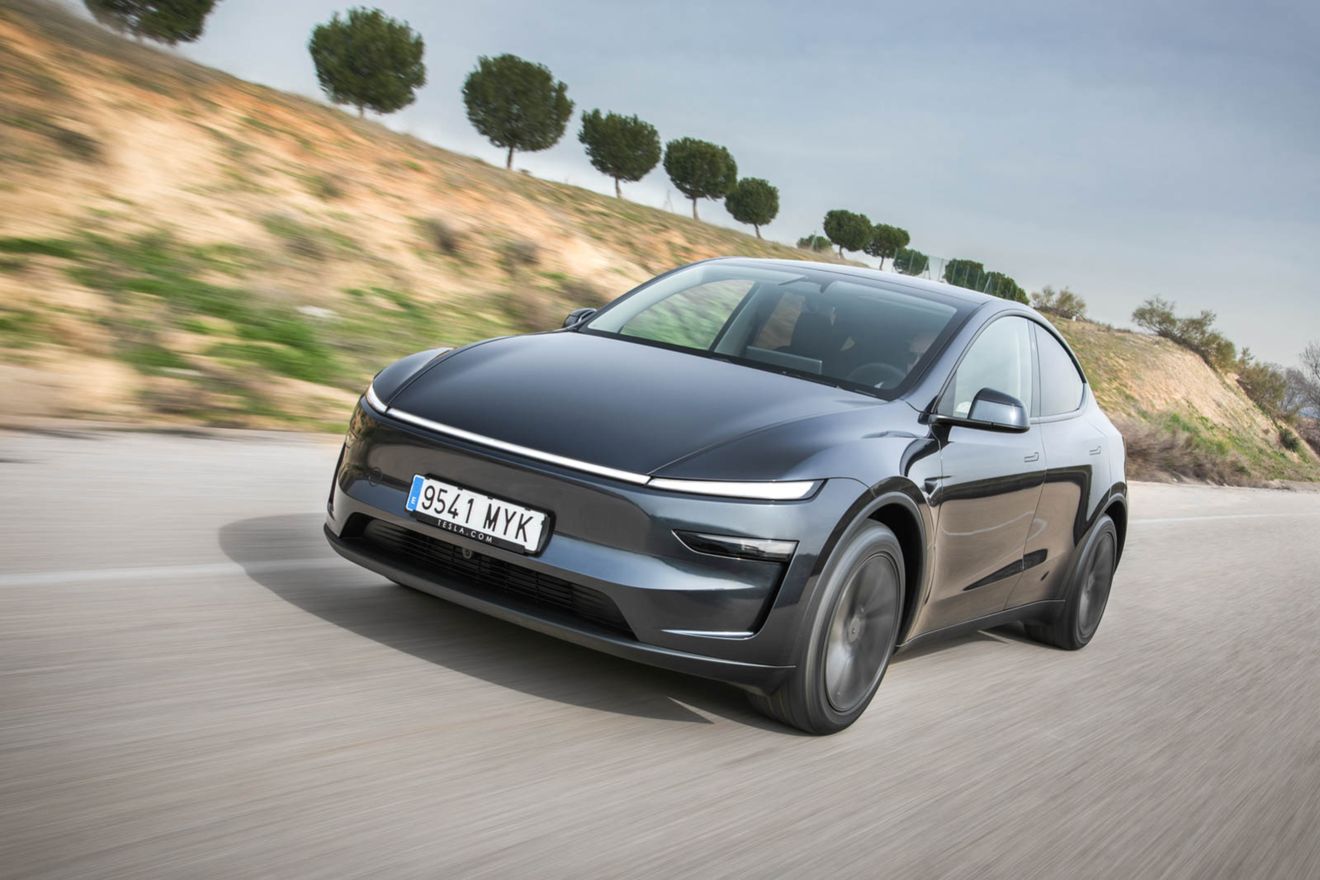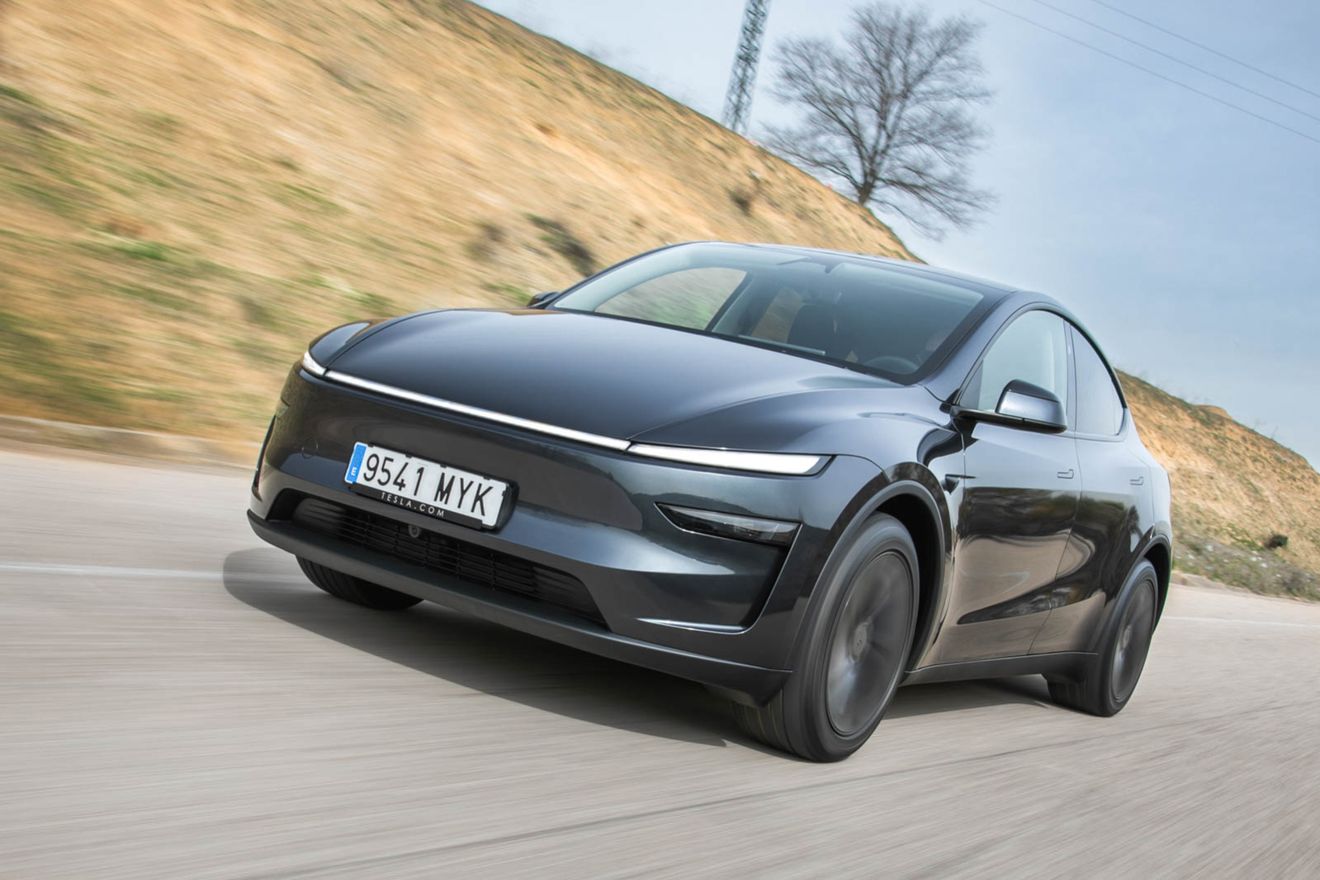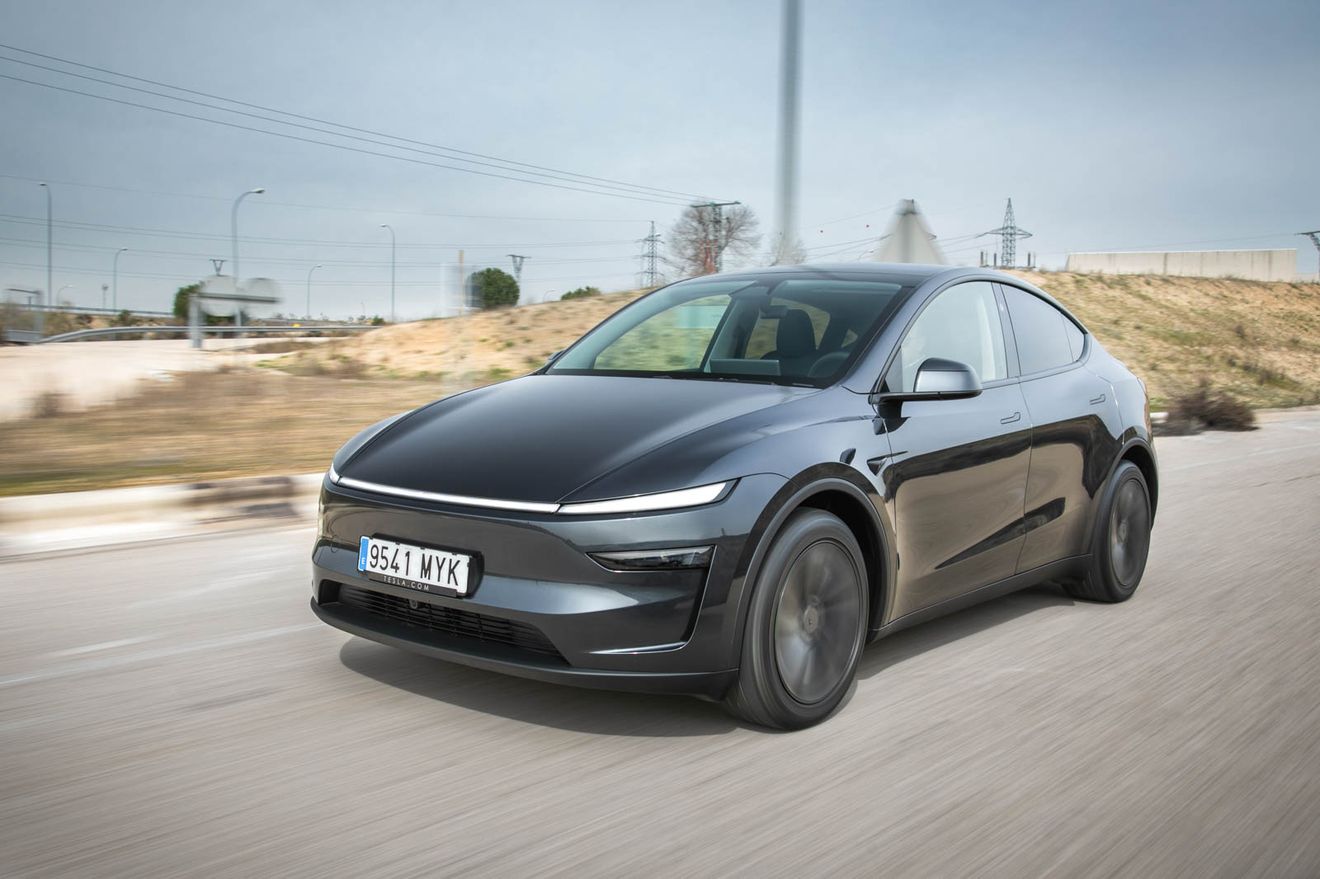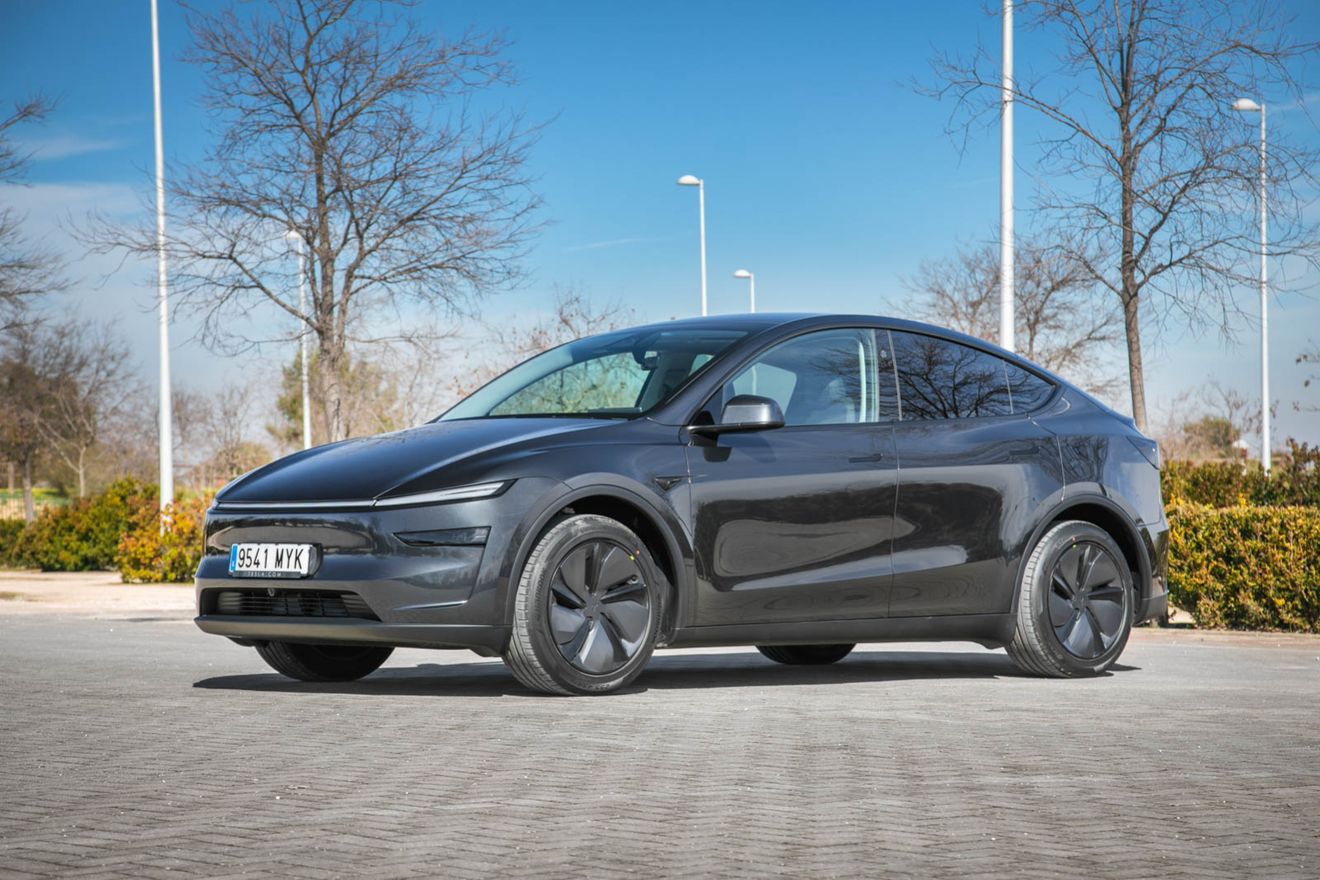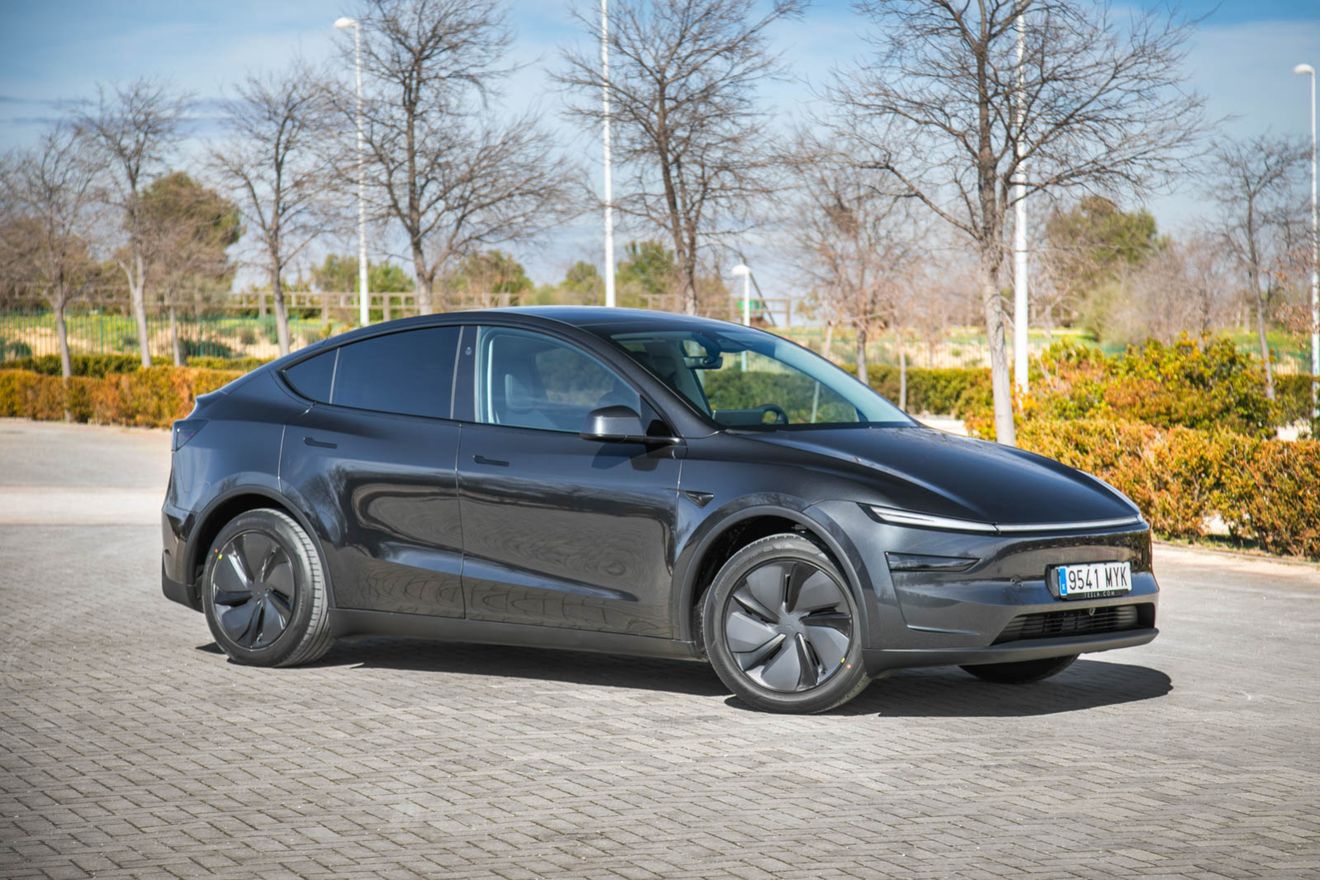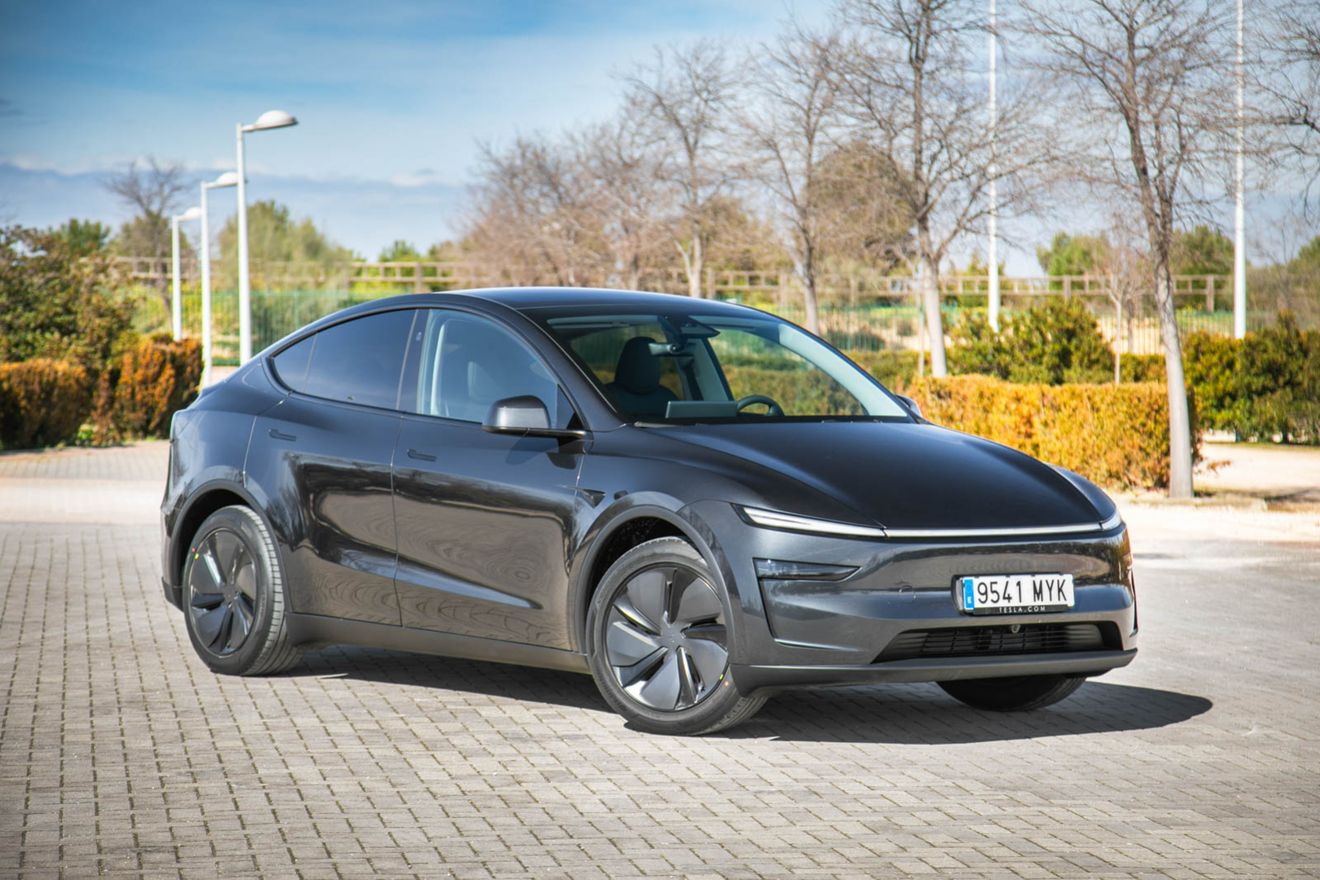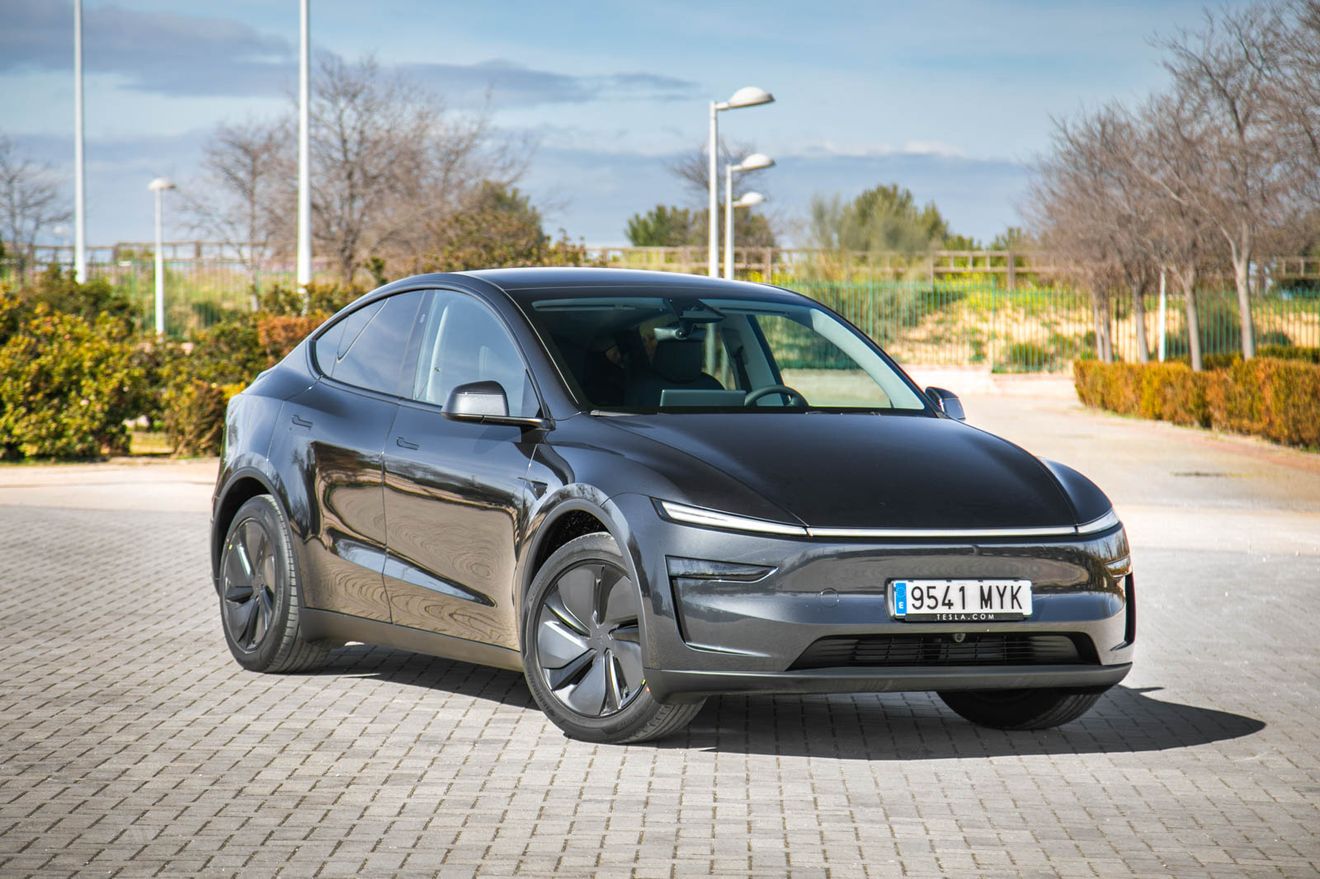Can you travel with an electric car? I'm going on vacation with a Tesla Model Y and this is the conclusion I draw
Many Spaniards are thinking about buying their first electric car, but most have many doubts and unanswered questions. This summer I tried to resolve all of them with a next-generation Tesla Model Y.

The law, as it is currently written, states that the last combustion car will be sold on December 31, 2034. From January 1, 2035, only electric cars will be available for purchase. I insist that this is what Europe currently says will happen, although it is almost certain that this date will be postponed by at least five years. However, sooner or later we will all have an electric car in the garage. The change is, for now, unavoidable.
Studies show that many Spanish drivers want to make the leap to electromobility, but monthly results show that the electric car is far from being an absolute reality. What prevents drivers from buying an electric car? This is the million-dollar question. There is no single answer to such a big mystery. There are several factors that prevent Spaniards from changing their mindset as is happening in other European countries.
Price, range, and charging are the top three on the blacklist. There are many fears and uncertainties that most drivers have in mind. Something absolutely normal. As a result of these doubts, other secondary questions arise, but no less important; can you travel with an electric car? What about charging? What do I need to travel with an electric car? Those and many other questions are what I have tried to answer during this vacation. My first vacation with an electric car. 2,000 kilometers aboard a Tesla Model Y.
In fact, it is the same Model Y that Tesla lent me a few months ago and which I analyzed completely, including its video. In the following paragraphs, I will try to resolve each and every one of the doubts that may arise if you are new to moving in an electric car. The first question is: why a Tesla Model Y? The American SUV has become the great reference in the global market. It has become the best-selling car in the world, something that no other electric car had claimed before.
The market says that SUVs dominate and the Model Y is a logical purchase for those looking for an electric car. Large, spacious, well-finished (now yes), with very good performance and, most importantly, with the best electric data on the market in terms of consumption and real range. To all this, we must add Tesla's very important charging network, synonymous with guarantee and reliability, but I don't want to get ahead of myself. Having resolved the question of why this specific unit, it's time to get to work. Let's start and travel.
Can you travel with an electric car?

Yes, without a doubt. Like many Spaniards, this has been the first time I have really gone on a trip with an electric car. In our usual tests, we complete hundreds of kilometers, but it is not the same to do specific tests as it is to take a longer trip. In total, I have traveled 1,926 kilometers. A measure that I consider more than enough to determine that a current electric car is completely prepared to head towards the horizon and cover kilometers.
Now, during those two weeks of travel, I had the opportunity to answer other questions that you are surely asking yourself. Let me give you details. I live in Madrid and my vacation took place in the north, in Cantabria. In case you didn't know, Cantabria is one of the Spanish regions most lagging behind in electric matters. According to a study published at the beginning of summer, there are 47,892 public charging points in Spain, 856 of which are in Cantabria, the worst figure after La Rioja, as well as Ceuta and Melilla.

Compared to Madrid or Catalonia, Cantabria is at the opposite end of electric mobility, so I think it is a good scenario to test the question of whether you can travel with an electric car. During the 14 days I had the car, I never had problems charging or was afraid of running out of range. This is also helped by the 515 kilometers of real range that the Model Y AWD is capable of offering. The official figure is 586, but the reality is that under normal conditions you won't exceed 515 kilometers.
Is it comfortable to travel with an electric car?

From a comfort standpoint, yes, very much. The low and improved noise level of the Model Y encourages completing long distances with hardly any discomfort. We are dealing with a well-finished and quite refined product. However, from a broader comfort perspective, I would say it depends. It depends a lot on whether you have a plug to charge the car, either in your hotel/apartment or in your vacation home. In my case, I did not have that advantage, and that does affect the comfort of the trips.
Not having a recurring charging point affects your life in multiple ways. You have to plan your movements carefully. Anticipate the possibilities that may arise. You have to take into account the remaining range of the car, the availability of charging points at the destination or on the route, and always have an extra just in case. With a plug at home or in the hotel, you avoid all these problems. Just leave the car charging overnight and that's it. This also means that it conditions your choice of accommodation.
But I insist that it is possible to go on vacation and live with an electric car without dying in the attempt, but you must change your mindset. You need to change your mentality because unfortunately, the public charging network is not as popular as gas stations. Another problem I faced is that there are more and more electric cars on the road that have the same needs as you. This means that you arrive at a charging station and find it full or, more regrettably, that it is not working. 22% of charging points in Spain do not work.
Is it faster to travel with an electric car?

No, it is not. On social media, you may have seen and can see many electric car gurus saying that traveling with an electric car takes the same time as with a combustion car. It is an absolute fallacy. While electric mobility offers enormous advantages that combustion cannot cover, when it comes to time, it clearly loses. In my case, leaving Madrid at 100% and heading north (almost 450 kilometers of travel), Tesla's route planner forced me to stop, either in Aranda de Duero or in Burgos, which is where I finally ended up stopping.
With a combustion car, that same trip can be made without having to stop. And no one should tell me that you have to stop every 2 or 3 hours because the DGT says so. It is a recommendation, but not an obligation. If the car doesn't need to refuel and no traveler needs to unload, it is normal to complete trips of about 500 kilometers without stopping. With an electric car, it is impossible to do so. Well, yes, there is a way to do it: by going much slower. Which means that the trip is still slower.

Until the real range of electric cars is greater, which may never happen, traveling depending on a plug is slower than doing so in a combustion car. In my case, I usually complete those 450 kilometers in just under 4 hours. With the Model Y, the time taken was just over 4 and a half hours. What I took to stop, charge, and have a coffee. The recharge was really fast; in fact, the car told me that it had recovered enough energy before I could finish my coffee and pay for it.
What happened with the charging, how much did it cost me?

As I already told you, I only had access to public charging points. Those you find with amazing apps like Electromaps or Tesla's own points. This has not only conditioned my vacation in terms of time and scheduling, but also from an economic point of view. Without a charging point at home, it is very expensive to travel with an electric car. With a good diesel car, with an average consumption of 5.5 liters, I would have completed the same distance with just under two tanks (the one for departure and one intermediate stop).
These are not my musings or invented figures; it is a fact because I repeated the same trip in the second part of my vacation with a Volkswagen Tayron 2.0 TDI with 150 horsepower whose real range exceeds 1,000 kilometers. With 70 euros of diesel, you can cover that distance, multiplied by two tanks, that is 140 euros. With the Tesla, I have accumulated bills worth more than 180 euros. The fast charging points I used are expensive or considerably more expensive than domestic or slow charging stations. Something that I already told you not long ago.
We analyze the new Tesla Model Y Juniper
While I did not have a single problem with charging, except for one out-of-service point due to abandonment, the final cost of the trip has been significantly higher, not to mention the waiting time lost while the car was charging. Now, is it a problem or an inconvenience that prevents you from buying an electric car? Not at all. If you have a point for your regular charges at home, you will save a lot of money. Then you will spend more when traveling using fast charges, but in the overall annual expense, you will still be saving.
Some tips I can give you after 2,000 kilometers

Having resolved all the usual doubts about traveling with an electric car, I have had plenty of time to discover some factors that are often overlooked. Here are some recommendations that from my personal experience will come in handy to avoid any problems.
The first I give you is not to buy the most powerful electric car there is. It is absolute stupidity. Take the 514 horsepower of the Model Y AWD with Long Range as an example. I have never needed them. In fact, if you use them, you will see how the range decreases much faster. It makes no sense. To make the most of the charge and efficiency of the car, it is best to drive in the calmer driving modes where acceleration is limited.

Why spend money on something you won't use if we still depend on range and charging? At this point, I must say that the Model Y is by far one of the most efficient electric cars I have driven. During the almost 2,000 kilometers of travel, carried out in an absolutely normal manner, the average consumption has been 16.7 kWh per 100 kilometers traveled. It is an extraordinary figure in my opinion, but it would have been better with a less powerful and more logical version. Within the Model Y range, the most logical purchase is the Long Range and Rear-Wheel Drive version.
The second recommendation I give you is to stock up on cards from different charging providers. You will thank me. Mobile apps often fail, are slow, and often frustrate. With cards, that doesn't happen. It's as simple as placing the card on the reader for a couple of seconds and starting to charge. Quick and easy. However, many of those cards have an issuance cost, so that also needs to be taken into account. It is about time that Europe and charging operators agree to create a standardized system. I don't know, something like what happens at gas stations.

And finally, the best recommendation I can give you is to free your mind. I am sincere; the electric car is already a reality that allows us to move without problems, although it conditions our lives. After spending my vacation with an electric car, I believe there are still a couple of factors to resolve. Without access to a charging point at home, you have to be very cautious in all your movements. Any unforeseen event can pose a risk, so it is always better to have more charge than necessary in the battery. Just in case.
The other factor that should improve is time. Charging adds minutes of waiting to our lives, and no, charging an electric car is not as fast as one with combustion. Anyone who tells you otherwise is lying. Charging at night at home is ideal, but 70% of cars in the country sleep on the street, far from a plug. This needs to be corrected if we really want to expand electric mobility. Until then, it is normal for many drivers to still be reluctant to make the change. However, many are taking their first steps in the right direction. Hybrids are already the best-selling cars in our country.

* This news is an AI translation of the original content. Motenic.com is part of Motor.es.
- Consumption
- Driving comfort
- Fast charging
- Behavior
- Utilization of power
- Multimedia system
- Loading time


